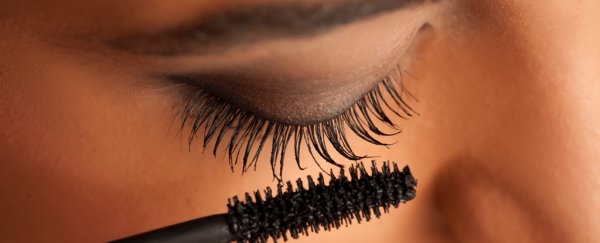From non-stick frying pans to stain-resistant sofas, some of the most are made using chemicals known as per- and polyfluoroalkyl substances (PFAS). These – so-called because they don't degrade – have been used in a variety of consumer and commercial applications since the 1950s. They can repel water and oil, resist high temperatures and act as "surfactants" by helping different types of liquids mix.
There are around . Each one has a slightly different chemical composition, but they all have at least two carbon-fluorine bonds. These extremely strong bonds mean that PFAS .

So the bond that affords PFAS some of its unique characteristics also causes them to build up and persist in our bodies and the environment . In 2020 alone, sales of fluoropolymers (a sub-group of PFAS) . With enormous volumes of PFAS continually entering the world, these extremely persistent chemicals don't get the chance to degrade before more are added.
Unsurprisingly, it gets everywhere, from and through to and . As a result, PFAS has in the and in . It's impossible to avoid PFAS exposure entirely – they are pretty much everywhere.
But you can substantially reduce your exposure by avoiding contact with items directly treated with non-essential PFAS and opting for PFAS-free alternatives wherever possible. Here are four types of products to look out for. Carpets, sofas, cars – these are all places we spend a lot of time, and if the fabric we are in contact with has been treated with PFAS, this repre.























